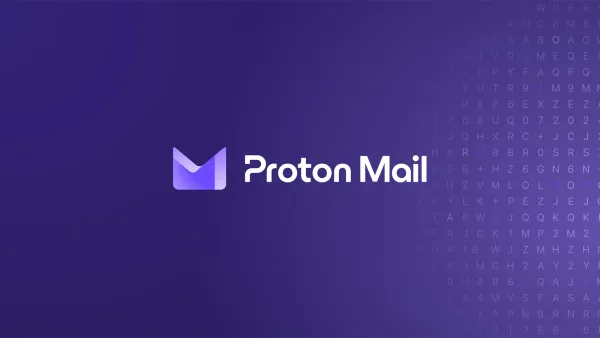🔵 Innovation tools for chaotic times
This is a special edition. And yes, since yesterday's announcement, you know why.

In highly uncertain environments and chaotic markets, traditional innovation strategies—those that rely on long-term planning, predictive analytics, or linear execution—will fail to deliver. And as of now, 90% of corporations approach innovation in only two ways:
- In the long term, by projecting themselves 3-5 years into the future to calculate the opportunity cost of your innovation with an NPV (net present value) calculation and estimated ROI;
- Or in the short term by building customer feedback loops to understand what they want and build it with as much agility as possible (the proverbial "be more customer-driven").
Both approaches fail when markets become critically unstable. Long-term estimates of anything are obviously out the window, but customers' expectations in the short term are also. Whether your customers are businesses or consumers, they won't know what they want, or if they do, they will change their opinion faster than you can adapt.
Even some of the smarter approaches that many corporations started to adopt, such as the explore/exploit framework, won't work as they are just pipeline thinking repackaged in a fancy way.
So, how do you get out of the bind?
The crazy thing is that we have a complete set of tools to deal with high uncertainties and chaotic times. Most of them were designed and refined during the first oil crisis in the early seventies, and we stopped using them mainly by the early nineties when the new world order became stable again. These tools are robust and well-documented, except that very few companies have had to use them ever since, which means they're not taught in business school anymore, and three generations of executives have skipped entirely on them.
The core logic of all of these tools is that in chaotic times, the real game is not about predicting the future, but preparing for a range of possible futures without committing too many resources to any one of them until it's resolved. The most effective innovation tools and strategies in these zones are the ones that help you stay flexible, make small, reversible moves, spread your risks across multiple bets, and learn faster than the competition.
No three-year pipeline with go/no-go steps, no explore/exploit, no design thinking, and no lean startupping, either.
Here are a few of these tools:




